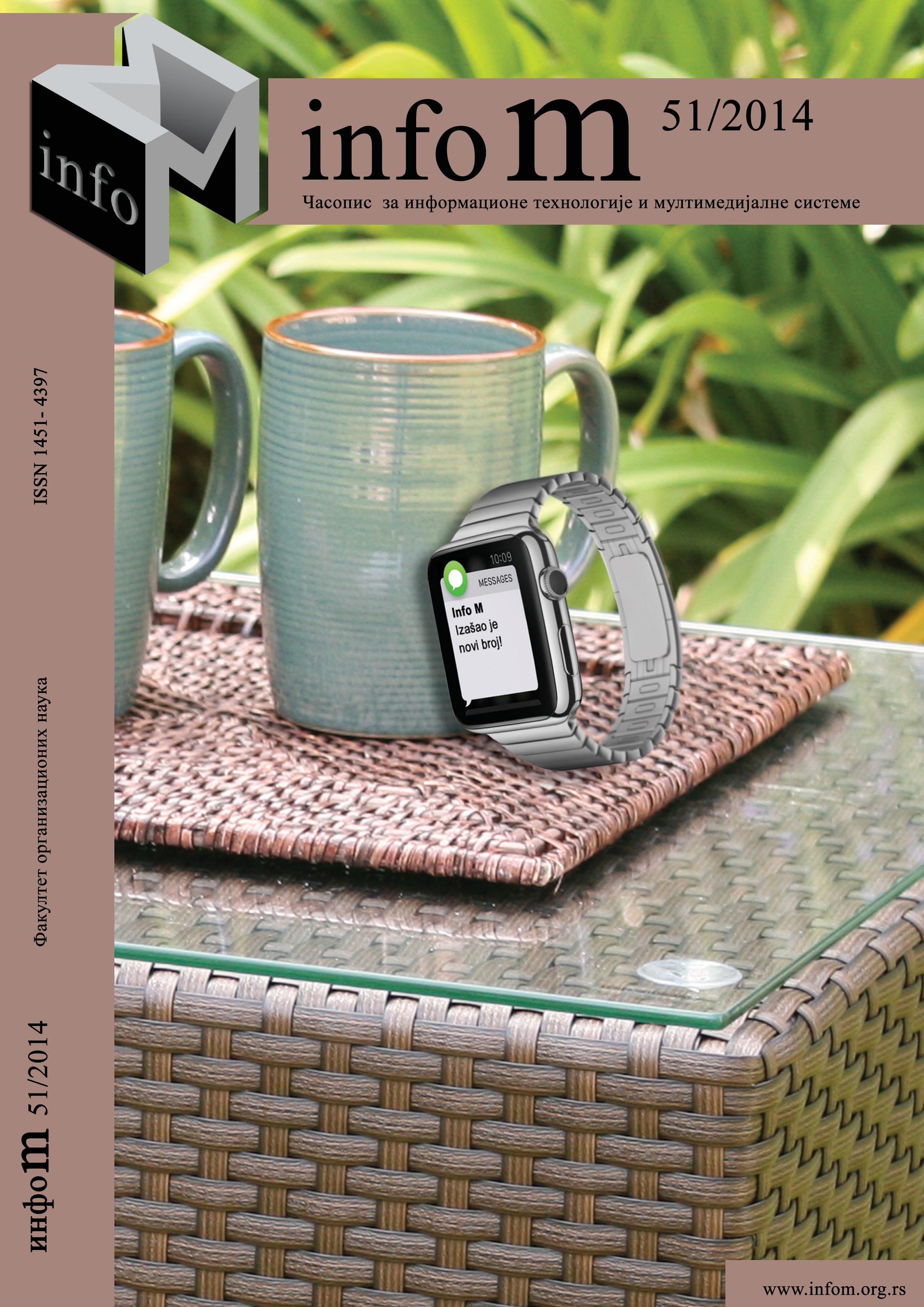PREGLED ŠEMA ZA ELEKTRONSKO GLASANJE
Кључне речи:
e-vlada, e-glasanje, šeme za e-glasanje, mix-net, homomorfizam, Prêt-à-vote, biometrija, vizuelna kriptografija, PKI, smart kartice


